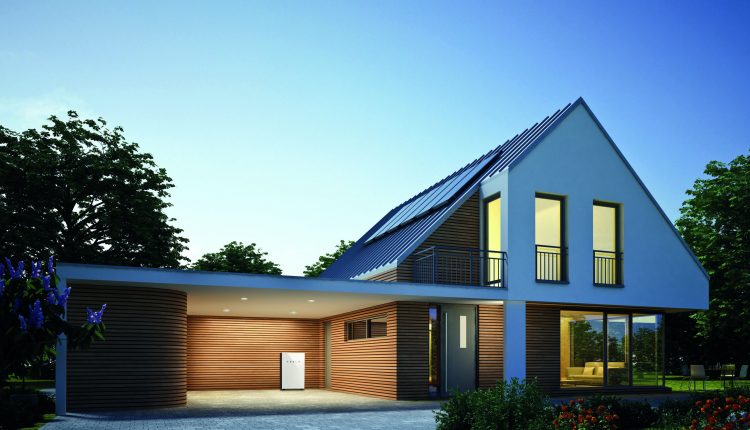Breaking new ground with solar and storage
Perhaps the only thing booming in Australia more than rooftop PV is the homes they are installed on. Fueled by low interest rates, Australia’s housing boom shows no sign of stopping and newly built homes are increasingly incorporating solar and storage systems as part of the package.
Sustainability is standard
According to the Australian housing industry, new home sales are skyrocketing. In fact, between December 2020 and February 2021, new home sales were up 48.7% sequentially and 99.5% higher than at the same time last year. And yet, 8 million Australian homes are not meeting energy efficiency standards, according to a new report from PowerHousing, an organization that supports community housing providers (CHPs).
All new Australian homes must meet certain minimum energy efficiency standards, which are validated by an Energy Efficiency Certificate as part of the building permit process. The minimum requirement is six stars out of ten, although in 2019 Australia’s Energy Ministers agreed on a Low Energy Buildings Pathway, which includes a plan for zero-energy (and carbon) finished buildings that includes raising the minimum energy performance rating to seven stars. If this is implemented, it means that any new build must be “ready” to accommodate on-site renewable energy such as solar power.
According to the Climate Council, a 7-star home uses 18-28% less energy for heating and cooling than a 6-star home, saving you $900 per year. Additionally, all-electric new homes powered by solar energy save homeowners between $9,000 and $18,000 over 10 years compared to dual-fuel (electricity and gas) homes with no solar power. These savings, whether economic or ecological, are by no means trivial. Buildings and their construction are a major emitter, and while retrofitting inefficient buildings is proving to be one of the major challenges of the energy transition, building sustainable solar and storage homes is easy.
This is just one of the reasons why Australia’s scientific body CSIRO has found a link between building new homes and installing PV systems. This correlation is particularly strong in Victoria, Western Australia, Tasmania and Queensland.
According to CSIRO, this correlation is at least partly being driven by the construction industry itself, with many builders offering standard packages that include a solar PV system or a solar plus battery storage system. Not only does this make the process pretty easy for new homebuyers, but when combined with state and federal discounts, it also makes it pretty attractive.
Indeed, major Australian home builders such as Metricon and Mulpha, the latter of which has signed a $1.5 million deal with Natural Solar to install fully integrated residential battery storage solutions in 74 homes as part of the company’s Norwest development in West Sydney has signed, leading developers of the trend to build new homes with solar and house battery installed as standard.
Australia is not alone
According to The New York Times, demand for residential properties that produce as much energy as they consume is growing in line with climate concerns and the affordability of solar panels. As in Australia, the sustainable real estate movement in the United States is now at a pace where developers are finding it easier to raise money for carbon-conscious housing. In California, this can be attributed to the state mandate for solar use in newly built homes.
A study by Bloomberg New Energy Finance (BloombergNEF) and Schneider Electric on the impact of California’s “Realizing the Potential of Customer-sited Solar” mandate found that new build solar systems have a significantly shorter payback period. The study, which also examined Spain and Australia, found that the five-year payback period for solar retrofits in existing buildings was cut in half for systems installed during construction. This has been attributed to savings in marketing, sales, labor and construction costs. In California, the study found that solar systems on new builds can generate an internal rate of return of 40% per year on capital expenditures.
Solar for layers
In addition to tenants, it is of course particularly difficult for people who live in apartments and want to help the environment and save money on their energy bills with solar energy and storage systems. But that could slowly change.
Like many cities in Australia, Adelaide is seeing strong growth in apartment housing rates, but just because you live in a Strata-titled building doesn’t mean you can’t have solar power. That’s why the City of Adelaide’s Sustainability Incentives Scheme is offering a rebate of up to $20,000 for community solar and storage systems on these residential buildings.
Like the California mandate, such an incentive system is key to convincing developers that integrating solar and storage into new builds is the only way to build from now on.



Comments are closed.